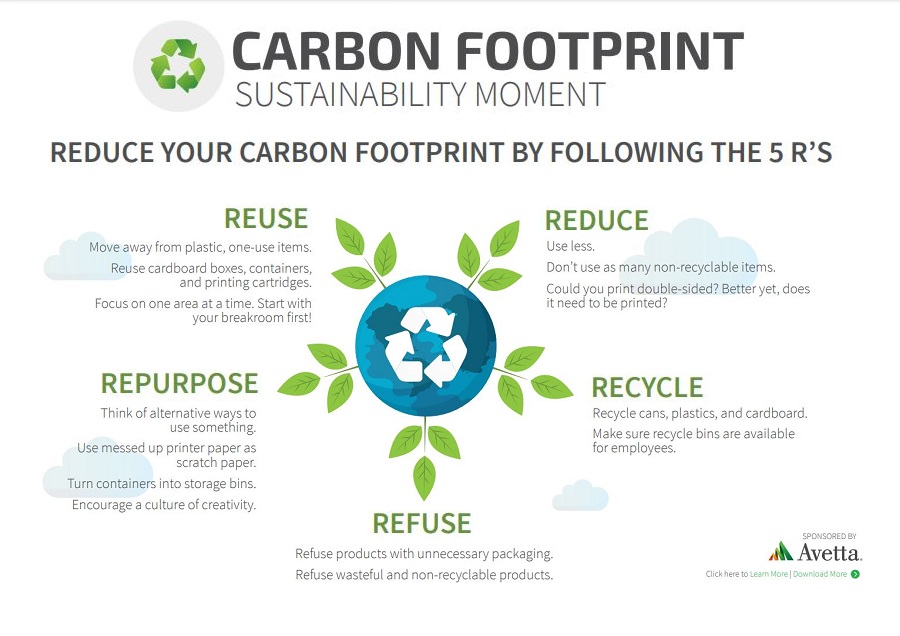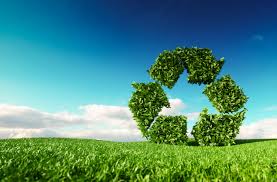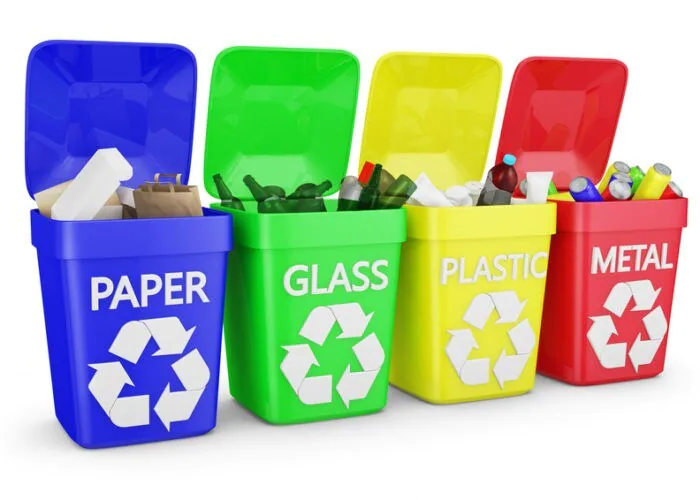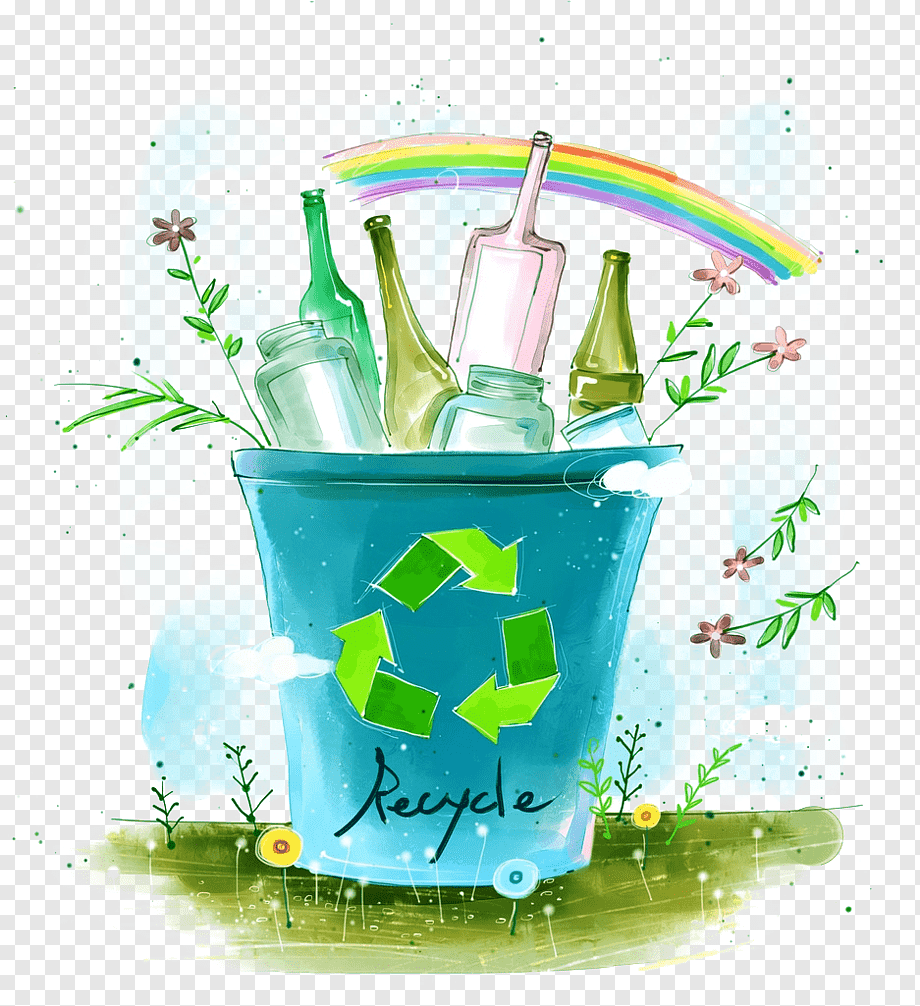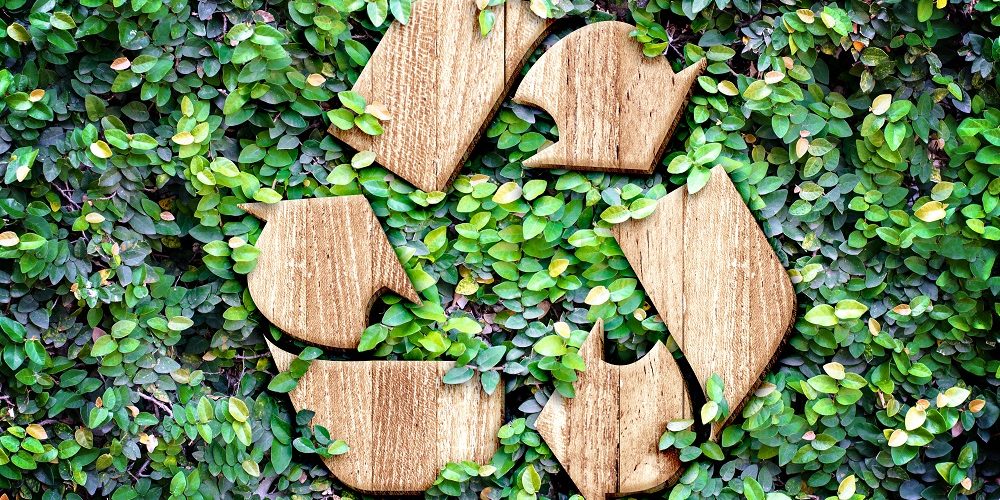Unlocking the Secret Science: Hazardous Waste Transformation
How is hazardous waste treated
Corrosive waste is considered hazardous. Asbestos, batteries, medicines, mineral oil, etc. All of these items from domestic or industrial use are waste considered hazardous. They must therefore be subject to specific collection and processing. Find out how hazardous waste is handled.
Corrosive, carcinogenic or even flammable, hazardous waste must be treated with even more care.
What is hazardous waste
A waste is qualified as dangerous when it contains, in variable quantity, toxic or dangerous elements representing a risk for human health or the environment listed in the US laws on waste management. There are 15 hazard properties, classified from HP1 to HP15 according to their explosive, flammable, carcinogenic, corrosive, harmful quality… Since 2010, nine pictograms have been implemented at international level to facilitate consumer information. This will allow you to know the danger represented by your product, for yourself or for the environment, and to know how you should treat the waste after use.
What are the main hazardous waste
Hazardous waste comes from multiple sources and cannot be recycled. The first is water and waste treatment and sanitation, followed by industry and construction, agriculture and fishing, the tertiary sector, and finally households. Here are the most common wastes and why they are dangerous:
- asbestos releases, as it breaks down, microscopic fibers which remain suspended in the ambient air and are dangerous for the pulmonary system;
- waste oils, strippers, paints and solvents are harmful to the environment;
- cells and batteries can release acid, lead or even lithium and mercury in nature;
- low energy lamps (LBC) and LEDs contain mercury or electronic compounds that are harmful to the environment;
- small and large appliances such as refrigerators, televisions, computer equipment, etc. contain polluting products;
- pesticides such as weedkillers, fertilizers, rat poison, etc. are toxic for humans in case of contact or ingestion, and for the natural environment in which they are released;
- the medicines contain chemical substances, whether they are expired or not;
- X-rays contain silver salts.
In the field of industry, it is above all mineral oils (waste oil or used as industrial lubricants) that present risks, since they contain heavy metals and toxic additives.
Where to properly dispose of this type of waste
The first step in processing waste involves placing it in the correct circuit. For this, the information of individuals and professionals is essential. Note, for example, that batteries and accumulators must be disposed of separately, as must toner cartridges and waste electrical and electronic equipment (WEEE). As for medicines, care products and radios, they must be returned to the pharmacy.
How is this waste treated
There are specific regulations in south Carolina for each type of waste. But we can note a few main treatment methods: recovery or recycling (for light bulbs for example), heat treatment (by combustion at very high temperature or by separation by evaporation). A physico-chemical treatment or a biological treatment can be applied. Some waste such as asbestos can be stored in specialized structures.
Conway’s Dumpster Deals: Unveiling the Cost of Clean-Up
The city of Conway promotes recycling and dumpster rental services for good waste management practices and better sustainability in South Carolina!
The cost of renting a dumpster in Conway, SC can vary depending on various factors. One of the primary factors that influence pricing is the size of the dumpster you require. Smaller dumpsters, such as 10-yard or 20-yard containers, are generally more budget-friendly than larger ones like 30-yard or 40-yard dumpsters.
The rental duration is another significant factor in determining the cost. Dumpster rental companies typically offer daily, weekly, or monthly rental rates. The longer you need the dumpster, the more it may cost, so it’s essential to plan your project’s timeline carefully.
The type of waste you plan to dispose of can also impact pricing. Certain materials may require special handling and disposal, which can result in higher rental fees. Delivery location is another consideration. If your location in Conway is remote or challenging to access, there may be additional delivery charges.
In Conway, the cost of renting a 10-yard dumpster for a week can range from $250 to $350, but prices can fluctuate based on the factors mentioned above. To get an accurate quote for your specific needs, it’s advisable to contact local dumpster rental providers (such as this website). Comparing quotes from multiple companies can help you find the most cost-effective option for your cleanup or renovation project.

